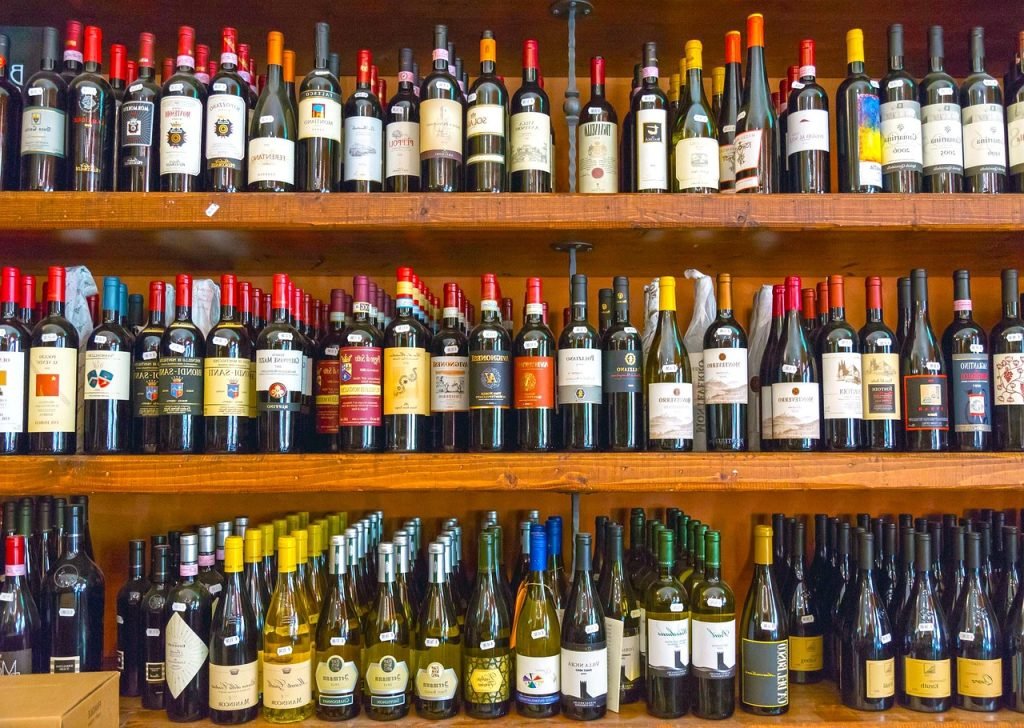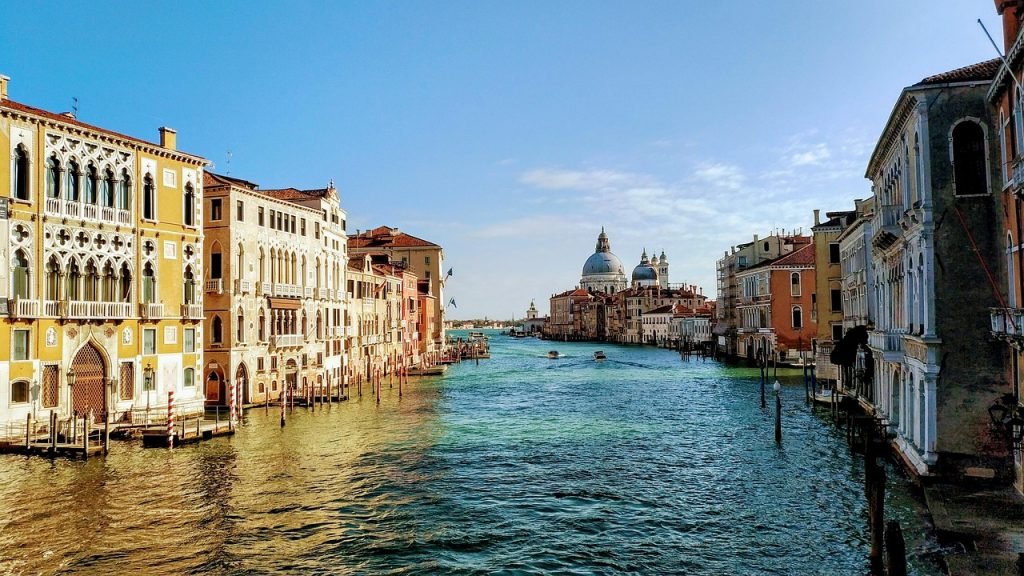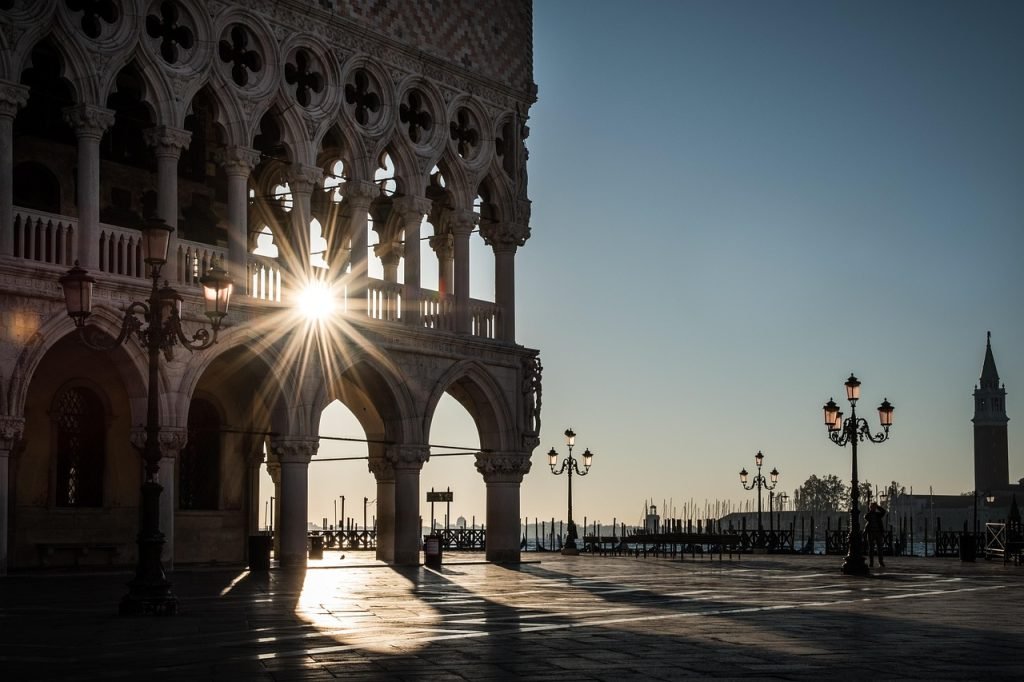Ciao, wine lovers! Let me be honest from the start: choosing Italy’s “best” wines is like trying to pick the most beautiful sunset or the perfect piece of music. It’s deeply personal, impossibly subjective, and guaranteed to start heated debates in any enoteca from Alto Adige to Sicily.
After years of exploring Italian vineyards, from hidden family cantinas in forgotten valleys to legendary estates that have shaped wine history, I can tell you this: Italy produces more varieties of exceptional wine than any other country on earth. We have over 350 indigenous grape varieties, thousands of producers, and terroirs so diverse that neighboring vineyards can create completely different expressions of the same grape.
That said, if pressed to name the regions that consistently produce wines of extraordinary quality and character, my personal ranking would place Veneto, Friuli-Venezia Giulia, Toscana, Sicily, and Piemonte as the absolute top tier. And yes, I must mention Trentino-Alto Adige as well – their wines are among my personal favorites, though I’m trying not to let regional bias cloud my judgment here. Consider them a very strong sixth, or perhaps tied with any of the top five depending on the day and the bottle.
But enough about rankings – let’s talk about the wines themselves and, more importantly, where you can taste them in their native habitat.
THE TOP TIER: ITALY’S WINE ARISTOCRACY
VENETO: Where Elegance Meets Innovation
The Veneto produces more wine than any other Italian region, but don’t mistake quantity for compromise. From the soaring hills of Soave to the legendary vineyards of Valpolicella, this region creates some of Italy’s most sophisticated wines.
Essential Wines
- Amarone della Valpolicella – The “great wine of Verona,” made from dried grapes, rich as velvet and complex as a Renaissance painting
- Prosecco di Conegliano e Valdobbiadene DOCG – The king of Italian bubbles, from steep hillside vineyards
- Soave Classico – Elegant white wines from volcanic soils, crisp yet mineral-rich
- Valpolicella Ripasso – The “baby Amarone,” refermented on Amarone grape skins
Where to Taste
- Allegrini (Sant’Ambrogio di Valpolicella) – Luxury estate with stunning tastings overlooking the valley
- Giuseppe Quintarelli (Negrar) – Legendary producer, simple setting but wine that changes lives
- Nino Franco (Valdobbiadene) – Historic Prosecco house with panoramic terrace tastings
- Ca’ Rugate (Montecchia di Crosara) – Family winery producing exceptional Soave in rustic stone cellars
FRIULI-VENEZIA GIULIA: The White Wine Paradise
This northeastern corner of Italy, influenced by Alpine winds and Adriatic breezes, produces some of the world’s greatest white wines. The focus here is on pure expression of grape and terroir.
Essential Wines
- Friulano – The region’s signature white, elegant and food-friendly
- Ribolla Gialla – Ancient variety making a modern comeback, especially in orange wines
- Pinot Grigio delle Grave – Far superior to industrial versions, mineral and precise
- Refosco dal Peduncolo Rosso – Indigenous red grape producing structured, age-worthy wines
Where to Taste
- Livio Felluga (Brazzano) – Legendary estate with breathtaking hilltop tastings
- Marco Felluga (Gradisca d’Isonzo) – Elegant villa setting with systematic tastings of indigenous varieties
- Jermann (Villanova di Farra) – Innovative producer in a converted monastery
- Dario Coos (Ramandolo) – Small family winery specializing in sweet Verduzzo wines
TOSCANA: The Renaissance of Wine
Tuscany doesn’t just make wine; it creates liquid poetry. From the rolling hills of Chianti to the prestigious estates of Bolgheri, this region balances tradition with innovation like nowhere else.
Essential Wines
- Chianti Classico Riserva – The black rooster wines that defined Italian red wine globally
- Brunello di Montalcino – Sangiovese at its most noble, requiring decades to fully unfold
- Super Tuscans – Cabernet, Merlot, and Syrah blends that revolutionized Italian wine
- Vino Nobile di Montepulciano – Elegant reds from Renaissance hilltop towns
Where to Taste
- Antinori nel Chianti Classico (Bargino) – Architectural marvel built into the hillside, luxury tastings with Tuscan views
- Castello di Brolio (Gaiole in Chianti) – Historic castle where Chianti was first defined, dramatic setting
- Ornellaia (Bolgheri) – Super Tuscan legend, exclusive tastings in designer winery
- Il Poggione (Montalcino) – Traditional Brunello producer, simple tasting room, extraordinary wines
SICILY: The Island Revolution
Sicily has undergone a wine revolution in the past 30 years, transforming from bulk wine producer to creator of some of Italy’s most exciting bottles. The combination of ancient varieties, volcanic soils, and passionate young winemakers is explosive.
Essential Wines
- Etna Rosso – Elegant reds from volcanic slopes, compared to Burgundy for good reason
- Marsala Vergine – The noble fortified wine, complex and age-worthy when done right
- Nero d’Avola – Sicily’s signature red, from powerful to elegant depending on altitude
- Carricante – High-altitude white from Mount Etna, mineral and electric
Where to Taste
- Planeta (Multiple locations) – Modern estate with tastings across Sicily’s diverse terroirs
- Tasca d’Almerita (Palermo) – Historic family estate, elegant tastings in noble villa
- Passopisciaro (Castiglione di Sicilia) – Etna specialist with tastings in restored millstone
- Florio (Marsala) – Historic Marsala producer with fascinating cellar tours
PIEMONTE: The King’s Court
Piedmont produces Italy’s most noble wines, period. Nebbiolo reaches its apex here in Barolo and Barbaresco, while Barbera and Dolcetto provide everyday drinking pleasure that most regions can only dream of.
Essential Wines
- Barolo – The “wine of kings and king of wines,” Nebbiolo’s greatest expression
- Barbaresco – Nebbiolo’s more approachable sibling, no less noble
- Barbera d’Alba – Food-friendly red that pairs with everything
- Moscato d’Asti – Sweet, barely sparkling perfection in a glass
Where to Taste
- Gaja (Barbaresco) – Legendary producer, expensive but unforgettable tastings
- Antinori Prunotto (Alba) – Historic estate with comprehensive tastings of regional varieties
- Giuseppe Mascarello (Monchiero) – Traditional producer, simple setting, profound wines
- Ceretto (La Morra) – Modern approach, stunning views over Barolo vineyards
THE WORTHY SIXTH: TRENTINO-ALTO ADIGE
I must confess my bias here – Trentino-Alto Adige produces some of my absolute favorite wines, even if I’m trying to be objective about rankings. The Alpine climate and diverse soils create wines of exceptional purity and elegance.
Essential Wines
- Gewürztraminer – Perfumed whites that originated in these mountains
- Pinot Nero (Pinot Noir) – Some of Italy’s best, rivaling Burgundy
- Teroldego – Indigenous red from Trentino, robust and food-friendly
- Schiava – Light, refreshing reds perfect for Alpine cuisine
Where to Taste
- Elena Walch (Tramin) – Elegant winery producing exceptional whites and reds
- Alois Lageder (Magrè) – Biodynamic pioneer with architectural tasting room
- Ferrari (Trento) – Italy’s finest traditional method sparkling wines
- Foradori (Mezzolombardo) – Natural wine pioneer specializing in Teroldego
WINE TOURISM: HOW TO PLAN YOUR TASTINGS
Luxury Experiences
- Book harvest experiences at top estates (September-October)
- Multi-day wine tours with private guides
- Michelin-starred restaurants with sommelier-guided tastings
- Helicopter transfers between wineries
Authentic Experiences
- Visit during local wine festivals (sagre)
- Stay in agriturismi on working wine estates
- Join harvest crews for hands-on experience
- Shop at local enotecas for insider recommendations
Practical Tips
- Always call ahead for tastings at smaller producers
- Learn basic Italian wine vocabulary
- Bring a designated driver or book tours with transport
- Ask about food pairings – Italian wines are made for meals
THE TRUTH ABOUT ITALIAN WINE
Here’s what I’ve learned after decades of tasting Italian wines: there is no “best.” There are wines that speak to your soul, wines that pair perfectly with specific dishes, wines that capture specific moments and places.
A simple Frascati shared at a Roman trattoria can be more memorable than a legendary Barolo tasted in sterile conditions. A young Chianti drunk while watching the sunset over Tuscan hills can move you more than a century-old vintage in a temperature-controlled cellar.
Italian wine is about connection – to place, to people, to tradition, to joy. It’s about understanding that the same grape can express completely different personalities depending on whether it’s grown in volcanic soil or limestone, whether it’s kissed by sea breezes or mountain winds.
The beauty of Italian wine lies not in rankings or scores, but in its incredible diversity. From the Alpine elegance of Alto Adige to the sun-soaked power of Sicily, from ancient indigenous varieties to international grapes that have found new expression in Italian soil, every bottle tells a story.
My advice? Start with these regions, but don’t stop there. Italy has 20 wine regions, each with its own treasures. Taste with an open mind, pair with local foods, and remember that the best Italian wine is the one you’re sharing with people you care about, preferably while the sun sets over a landscape that has been producing wine for thousands of years.
Alla salute!


